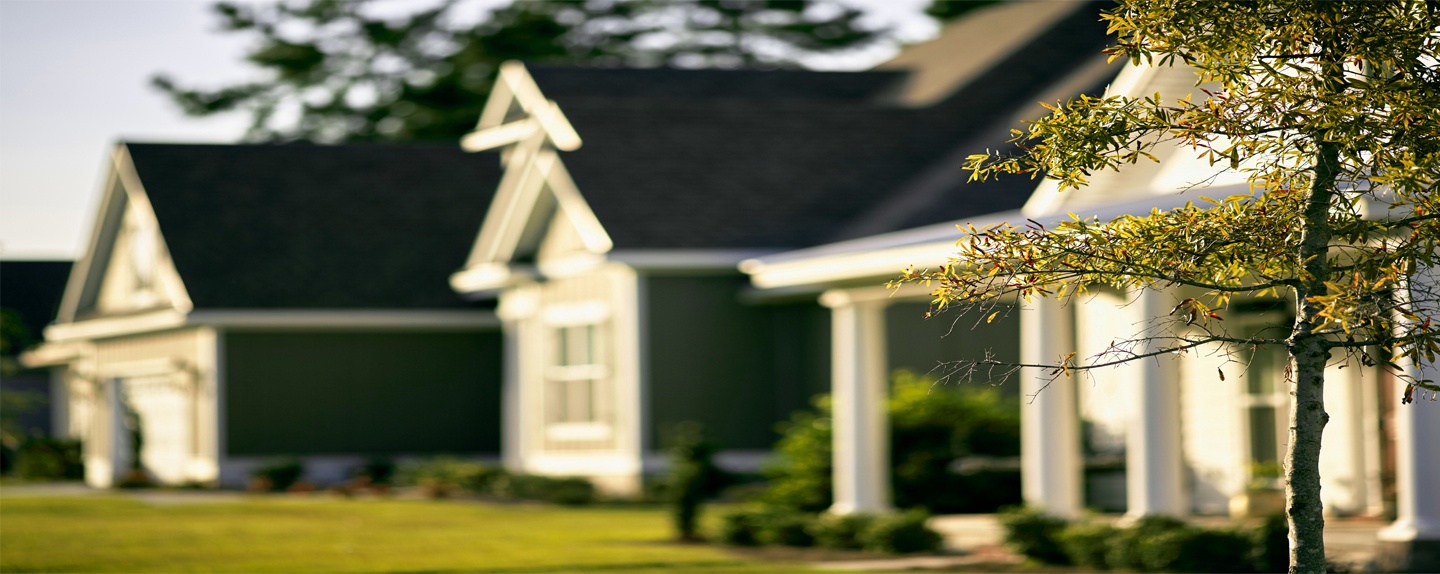Your lawn isn’t the only thing that benefits from a little fertilizer now and then. Shrubs and ornamental and shade trees in your landscape also need a boost of nitrogen and other nutrients.
Below is some helpful information about feeding your plants this fall. Proper planting is important and you can learn a lot more by clicking here.
What About Mulch?
Most mulches are woody materials that do break down over time in a landscape bed. It is, however, a complicated process and part of it converts nitrogen into a form that is unavailable to plants. This form of nitrogen must undergo more changes to be converted back into a useable form.
This system works well in a natural woodland but not so much in a manicured, maintained landscape were leaves and their sequestered nutrients are removed from this nitrogen cycle each fall. Often, there may also be insufficient numbers of the required bacteria and fungi to keep the process moving at a quick enough pace to supply all the needs of the plants in each bed.
Is Fall The Best Time?
Tree root growth often begins earlier than shoot growth and can continue for some time after shoot growth has ended. It even continues after the leaves have fallen. Those actively growing roots are ready to take up any plant nutrients they encounter. Fall is the perfect time to introduce those nutrients into the soil. The roots can store them to help the tree over-winter and they will be there ready to use when growth takes off again, in the spring.
Liquid Or Granular?
If you’ve decided you want to fertilize your trees and shrubs in their planting beds, the next question is, what kind of fertilizer? This question really narrows down to how much work you want to do.
When doing a granular fertilizer, move the mulch away from the shrub out to the edge of the crown. Follow the label directions. The amount to add will be with based on height of the shrub and on square footage of the bed area. The fertilizer should be lightly cultivated into the soil and the mulch reapplied.
If you choose to go with a granular fertilizer, you will want to add a balanced fertilizer such as a 10-10-10. A lot of the liquid fertilizers are fish and/or seaweed based. They may be rather odiferous to work with but the smell fades as the product dries. The introduction of vital organic matter is worth the smell, though. Combining these products with a compost tea really helps to improve the soil and that can lead to healthier plants.
With a liquid fertilizer, it is not necessary to remove the mulch as it will naturally be absorbed down into the soil. Watering or irrigating the day before will help with this process and reduce runoff which could pollute local bodies of water.
A very important thing to know is that the Massachusetts law about not adding phosphorus (the middle number on the label) only applies to maintained turf. Shrub beds are not covered under this law.
Don’t neglect your trees and shrubs this fall. Give them a little TLC and protect that investment.
Get More Info From The Pros!
Looking for more information on plant health care or just ready to let the professionals take over your lawn care needs? The Grassmaster Plus team is ready and willing to answer any questions you have and can provide you a free quote on your lawn care services for the season. Contact our local office today!

